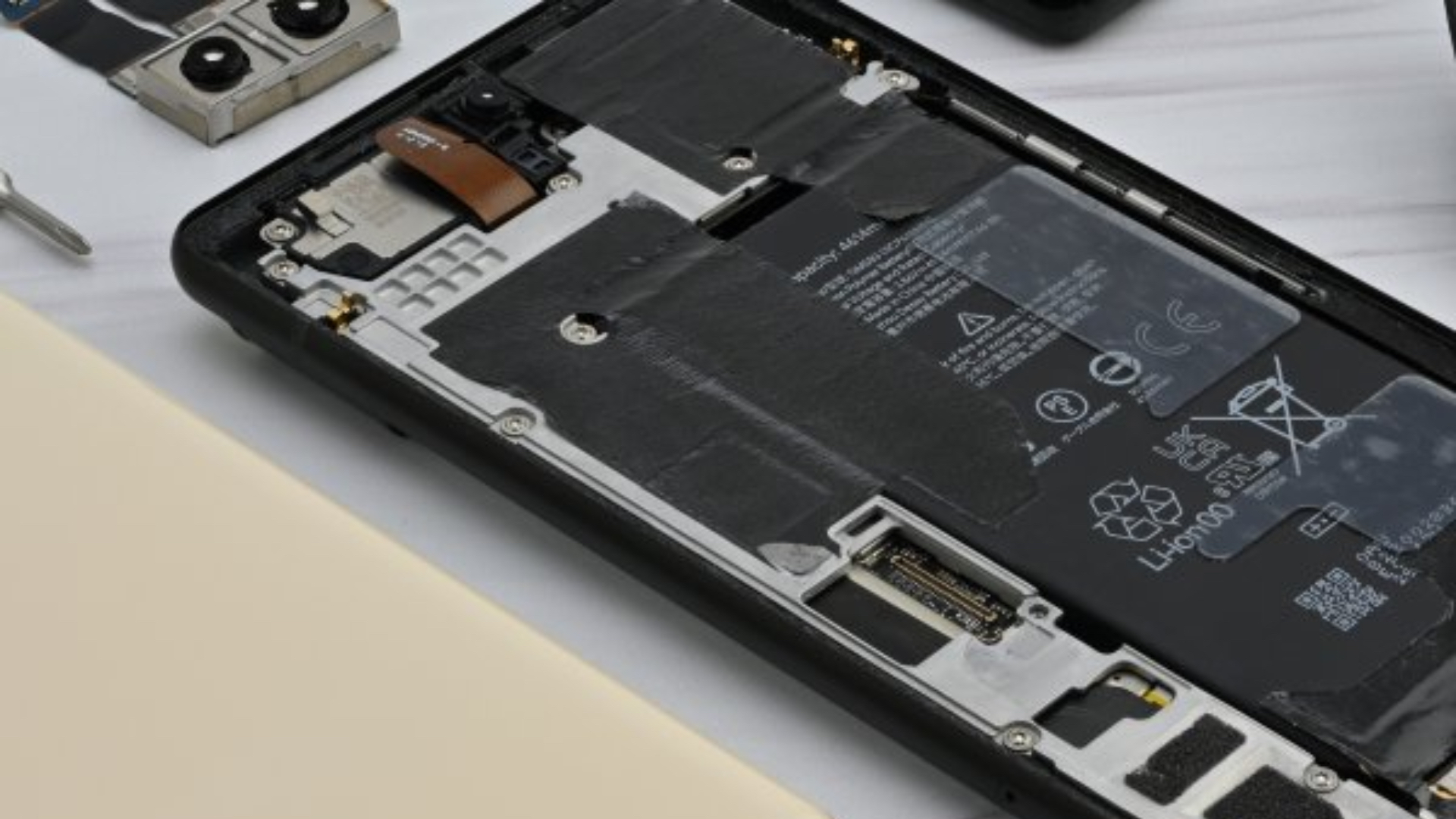
What you need to know
- Google came under fire for its "Service & Repair Program Terms & Conditions," which said devices with unauthorized parts would not to be returned to users.
- This policy had been in place since July 2023, but was only spotted recently by right-to-repair advocate Louis Rossmann.
- The company has since changed its terms and conditions after public backlash.
Android phone makers have had a rough time of late, receiving backlash for their right-to-repair policies. Samsung came under fire in late May for a leaked contract with independent repair shops that required them to disassemble phones with aftermarket parts. More recently, a clause in Google's Service & Repair Program Terms & Conditions added in July 2023 surfaced that may have been even more alarming. If you sent a phone to Google for repair with aftermarket parts, per the old rules, that phone might not get sent back to you.
Google has since adjusted its terms and conditions, but we saved a screenshot showing exactly what the old policy stated:
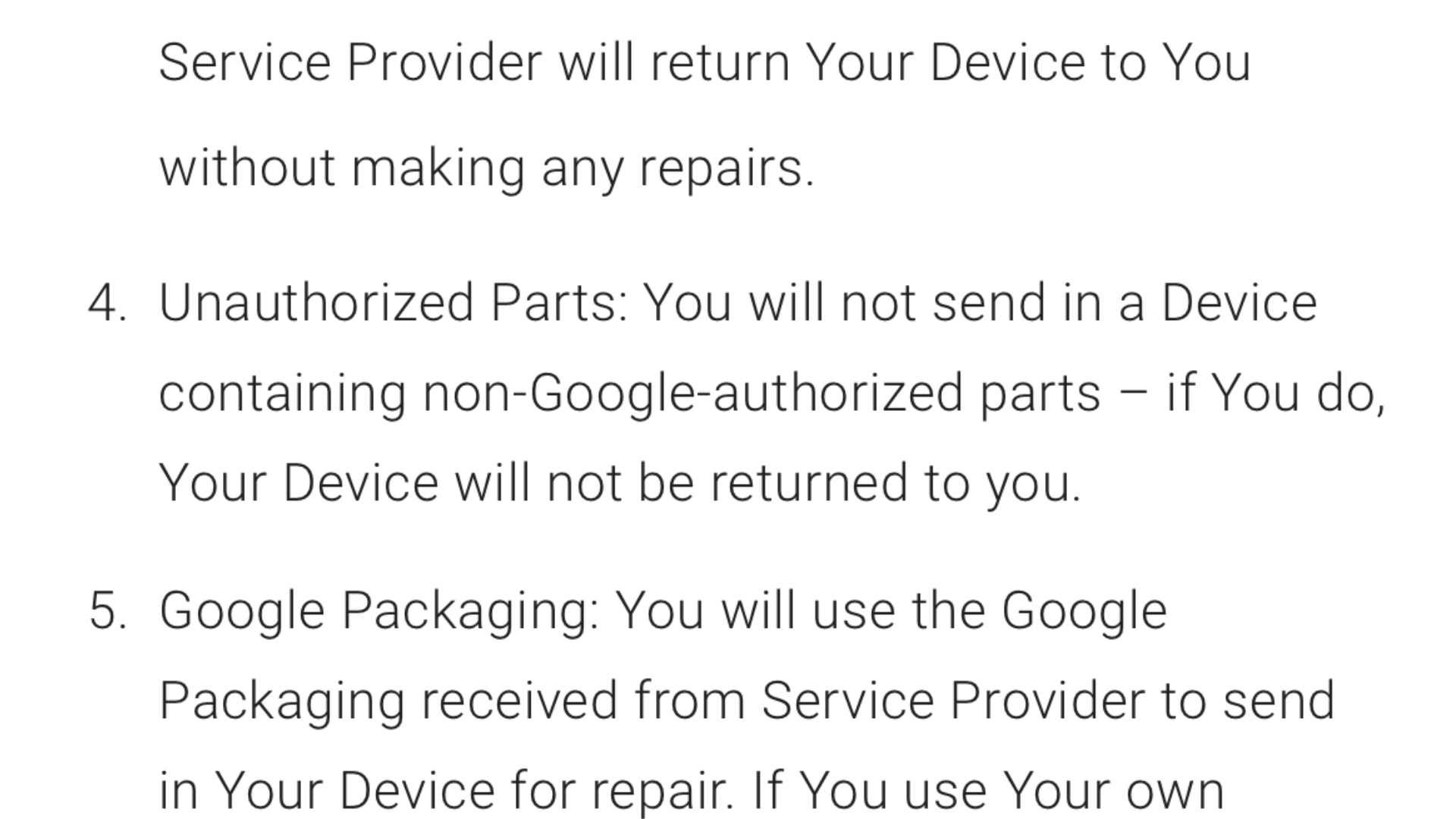
Let's get this out of the way first: Google already removed this clause from the terms and conditions after the negative feedback from users and the press alike. However, based on the old rules, it was entirely possible for Google to confiscate a Pixel phone sent in for repair with aftermarket parts. It's one thing for the company to deny repair services to phones that have been tinkered with, but it's another to keep the phone altogether. Unsurprisingly, the discovery of this clause by right-to-repair advocate and YouTuber Louis Rossmann sparked outrage.
Even now that Google did the right thing and changed the terms and conditions, the situation brought an interesting conversation to light. How do aftermarket parts fit into right-to-repair, and should companies like Google have to support them?
Was Google really confiscating Pixel phones with aftermarket parts?
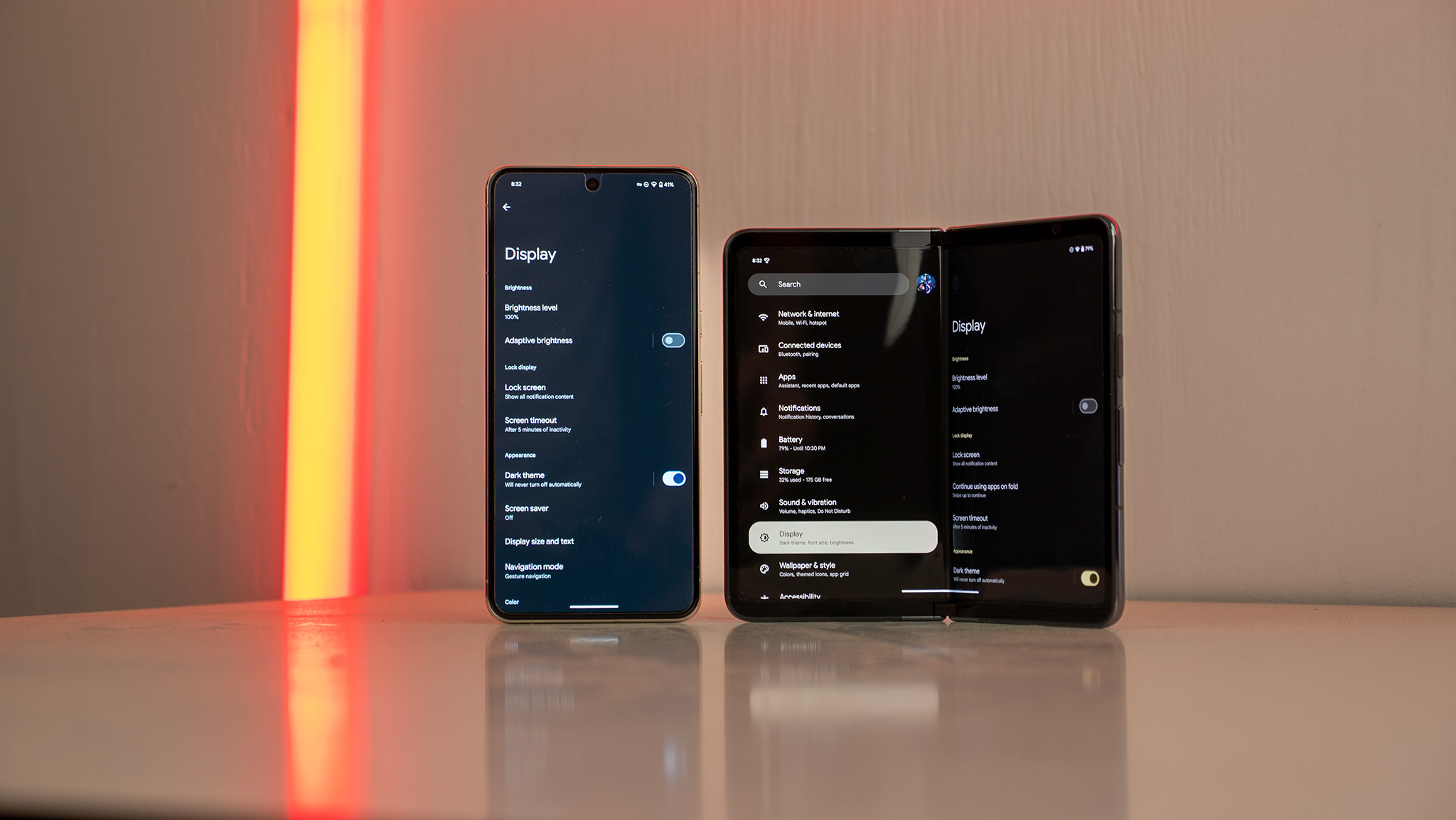
For starters, there's a difference between having a contract clause and acting on it. As far as we know, there aren't any customer reports of Google keeping a phone sent in for repair with aftermarket parts. For what it's worth, Google denies that it has ever kept Pixel phones with aftermarket parts.
"If a customer sends their Pixel to Google for repair, we would not keep it regardless of whether the phone has non-OEM parts. In certain situations, we won't be able to complete a repair, such as if there are safety concerns," Google explained in a statement to multiple media outlets on Tuesday, June 4. "In that case, we will either send the phone back to the customer or work with them to determine the next steps. Customers are also free to seek the repair options that work best for them. We are updating our Terms and Conditions to clarify this."
Another interesting tidbit is that Google's repair rules vary by country and region, which might not be that surprising. The U.S. is notably behind other regions, specifically the E.U., in right-to-repair laws and regulations. While the company's terms and conditions authorized it to keep phones with aftermarket parts in the U.S., it did not say the same in E.U. countries.
Google moved rather swiftly to update its terms and conditions for repair services. The updated document, which says it is effective as of June 6, removes the controversial clause. Instead, the same subsection about aftermarket parts says the following:
"If you send a device containing non-Google-authorized parts for repair, in certain situations (e.g., safety), the service provider may not be able to repair your device. Service Provider will return Your Device except when health or safety requirements prevent us from doing so. If the service provider can’t return Your device, Google will work with you on the next steps."
This seems reasonable enough, but it still leaves Pixel users with unauthorized parts out in the cold. Is that really a problem, though?
Aftermarket parts are crucial to keeping old products alive
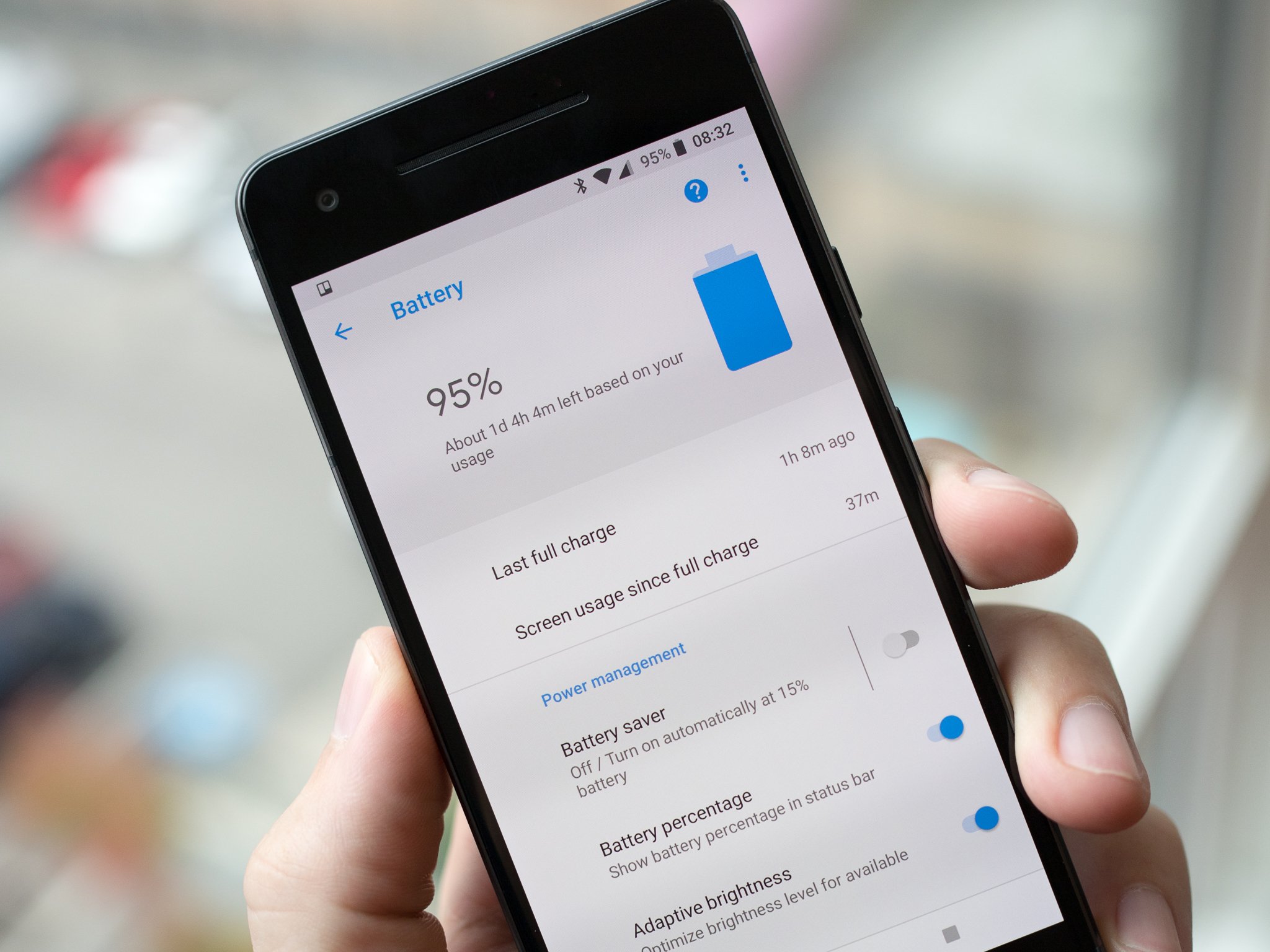
Google has a solid partnership with iFixit, and that will allow consumers to buy genuine parts for their Pixel for some time. Usually, this will match the devices' software support, which is now seven years old. However, after OEM parts can no longer be purchased for a device, aftermarket parts become the only option for users to keep their products alive — especially for consumable parts, like batteries. Used, genuine screens can be used to repair broken ones, but a pre-owned battery won't do any good.
Aftermarket parts can also be more affordable than genuine ones, making independent repair more accessible to more people. They also help independent repair shops keep parts in stock and overcome purchase limits when they apply. Even manufacturers that are about right to repair may struggle to keep high-demand parts in stock at times, and aftermarket parts can serve as an alternative.
To sum up, aftermarket parts are an important part of the right-to-repair movement. If a very old Pixel phone needs a battery, for example, an aftermarket part may be the only option.
There's a problem with using aftermarket parts
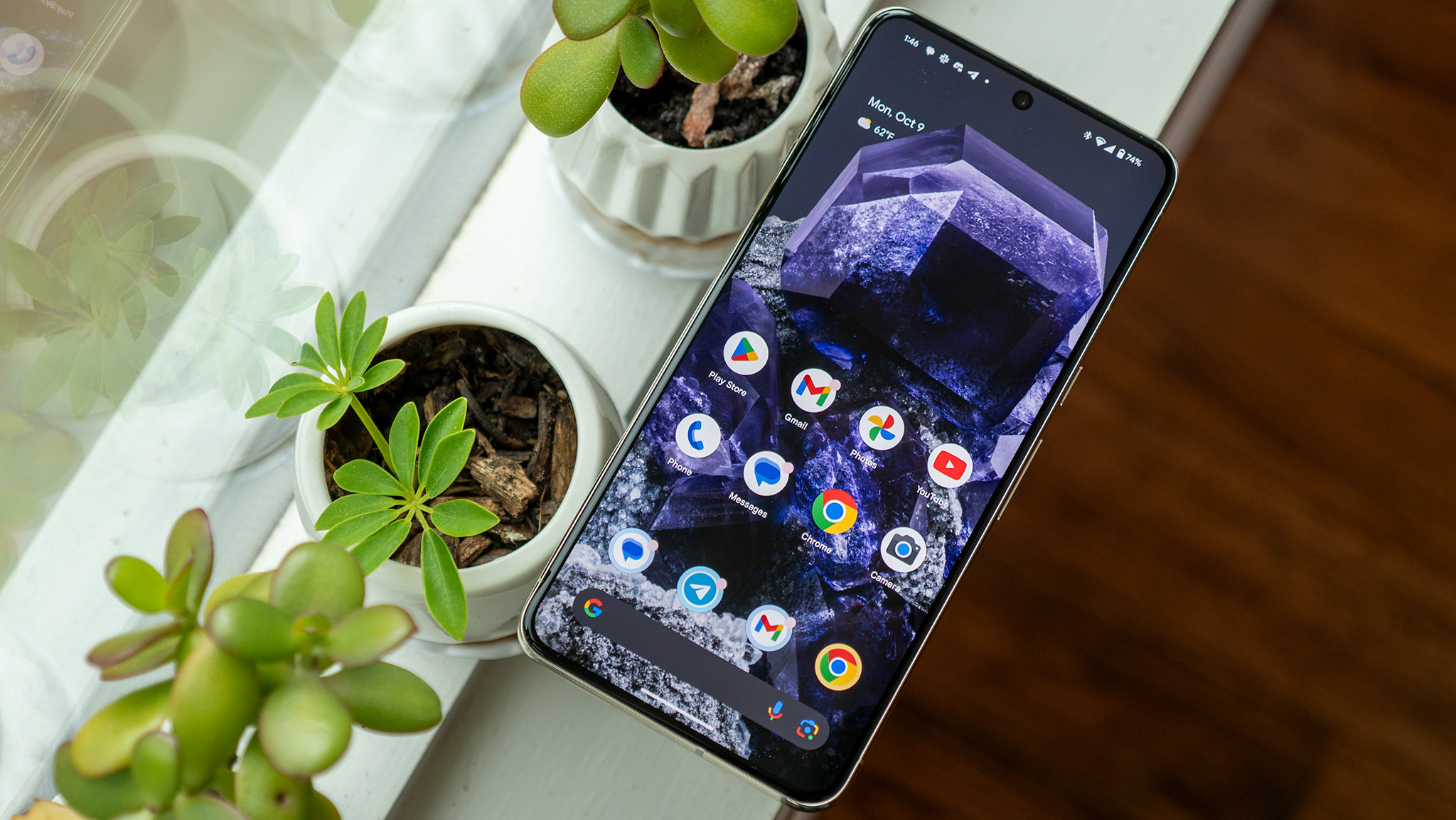
That said, there are a few giant problems with aftermarket parts. Google can't control what kinds of aftermarket parts are used, and to some degree, it doesn't know what problems they could cause after being installed in a Pixel phone. Google has everything to lose and nothing to gain by trying to repair a phone with unauthorized parts installed. Especially now that it sells genuine parts through iFixit, we can't fault it for not repairing Pixels with aftermarket parts.
The other problem is safety. When you buy an aftermarket battery, you really have no idea what kind of safety and quality control practices have been followed. At best, aftermarket batteries might have lower mAh capacities than expected, or deteriorate quicker than usual. At worst, a defective battery could start a fire and create a dangerous situation. Without proper validation, aftermarket parts can be dicey.
These problems need to be solved because aftermarket parts will be vital to the right-to-repair movement. Now that Google has amended its repair terms and conditions to return Pixels with aftermarket parts to users, it's doing its part.







